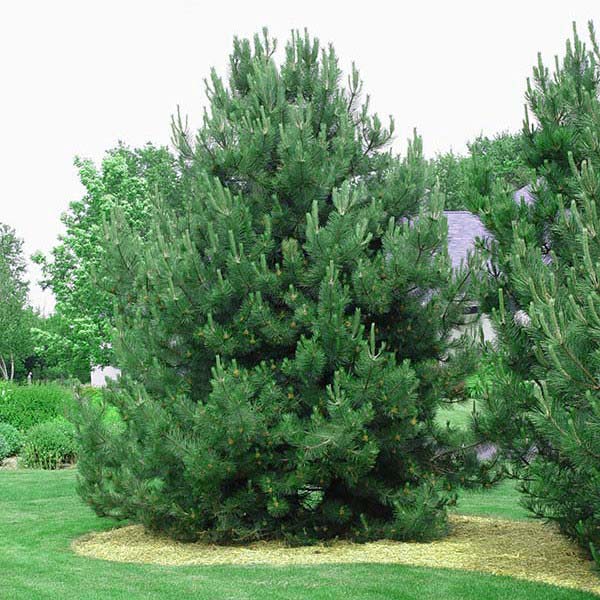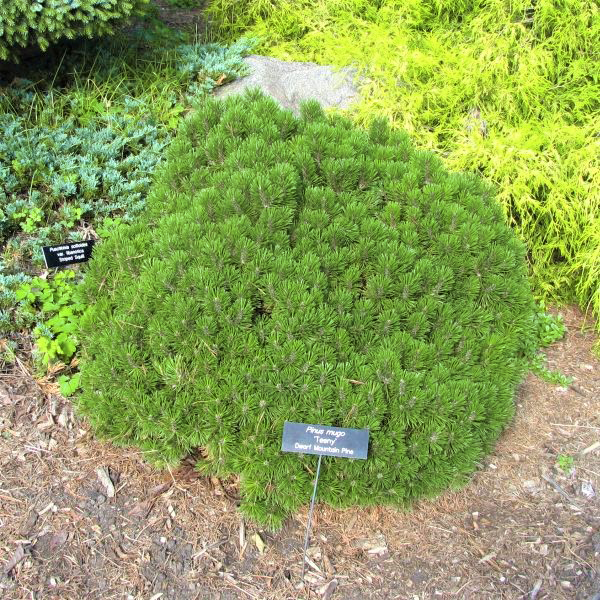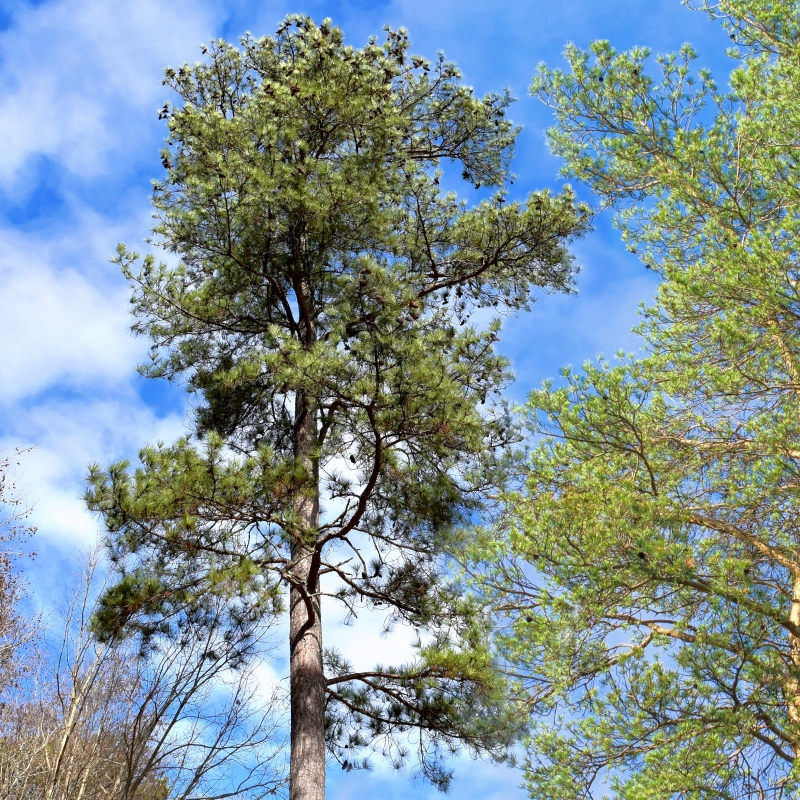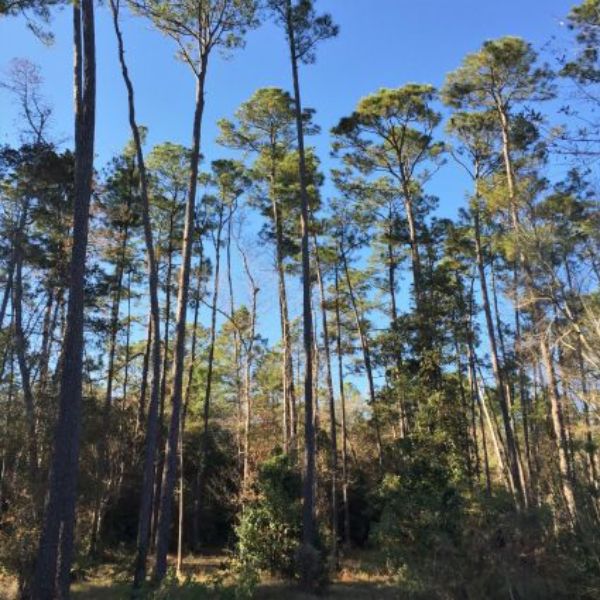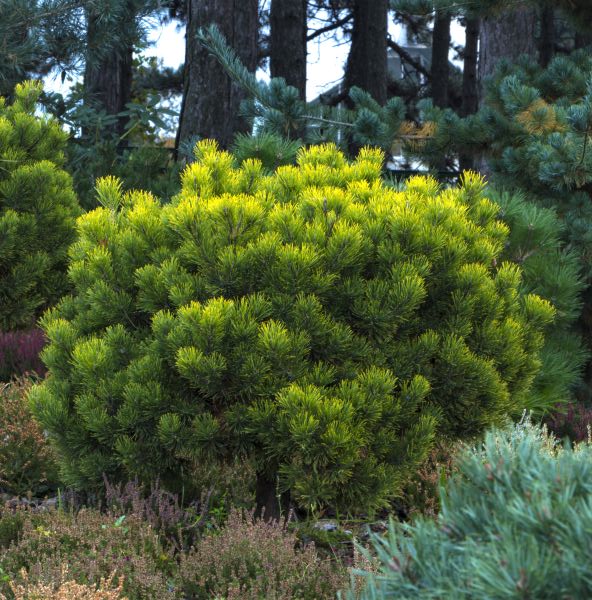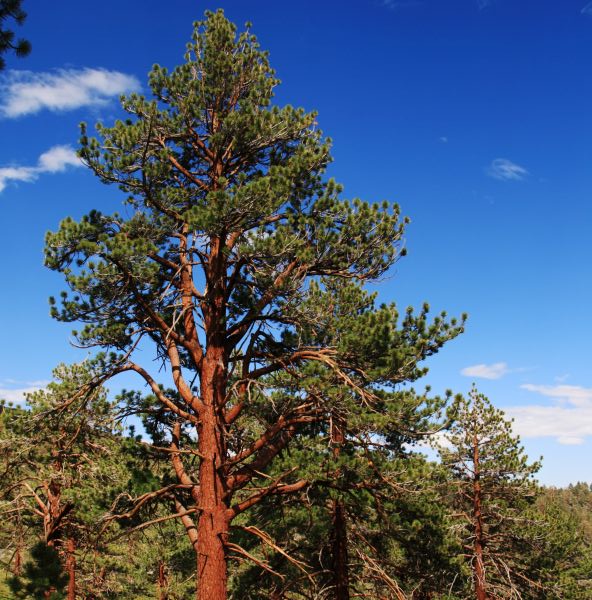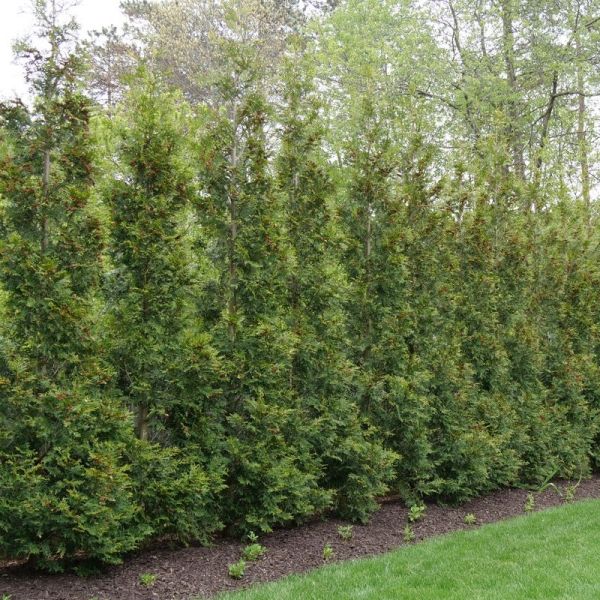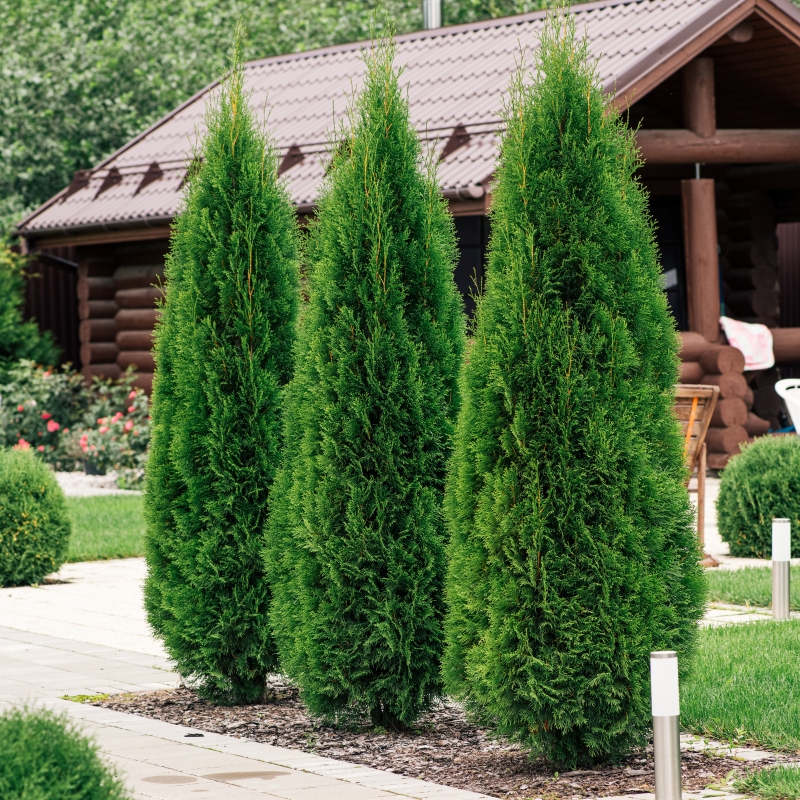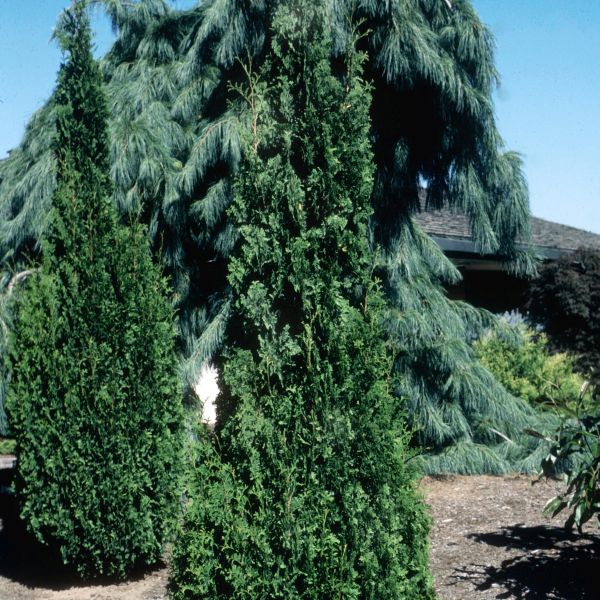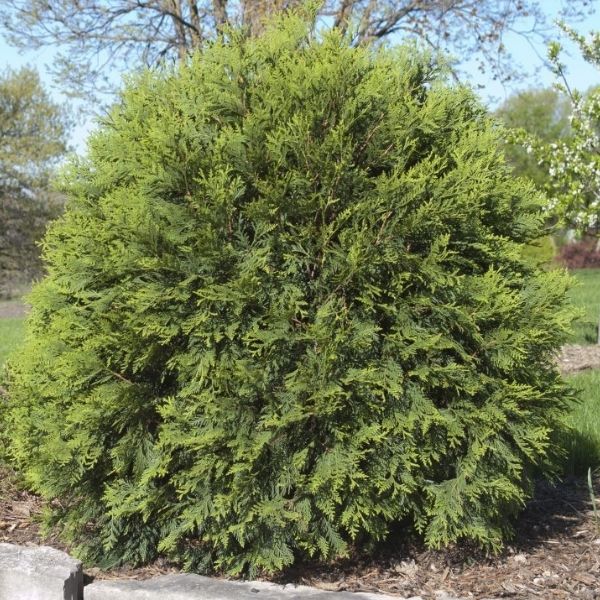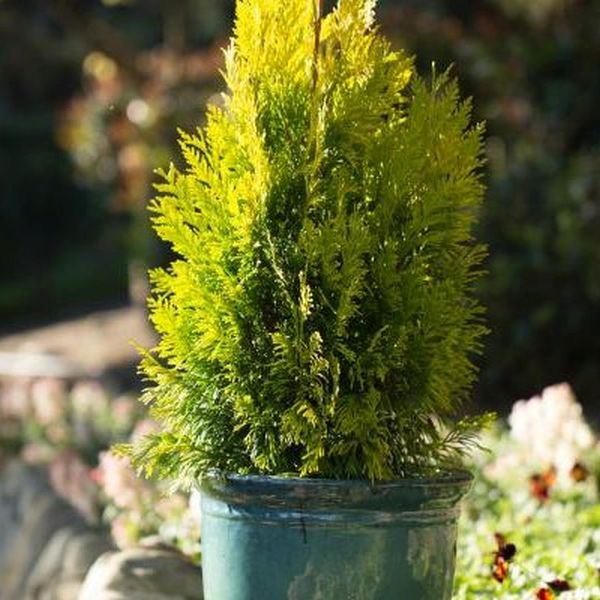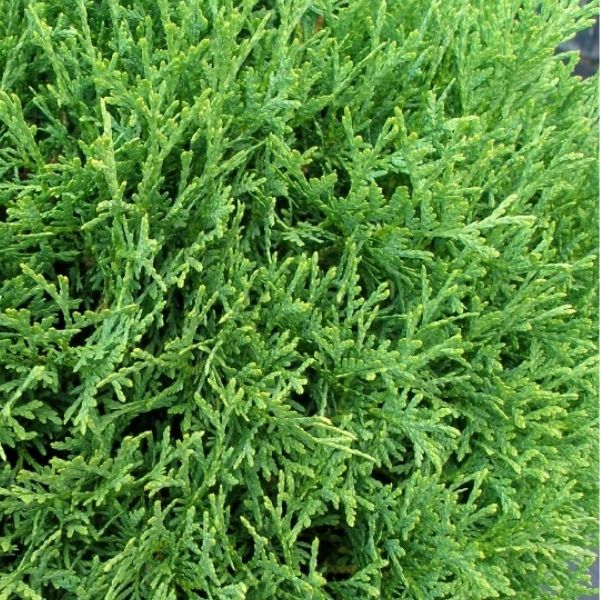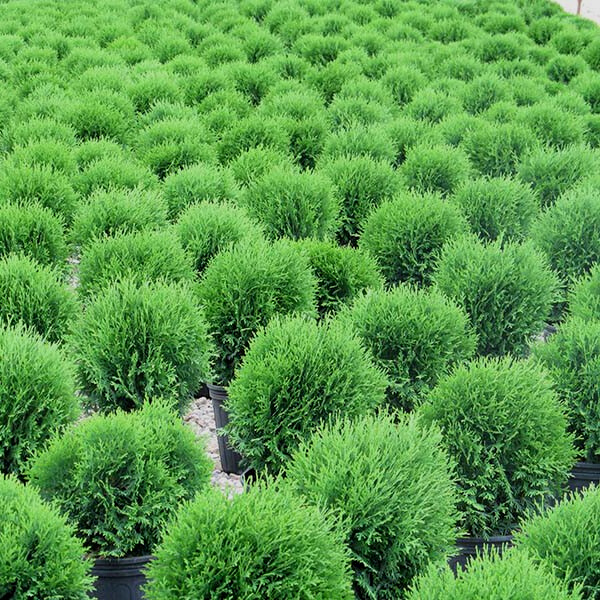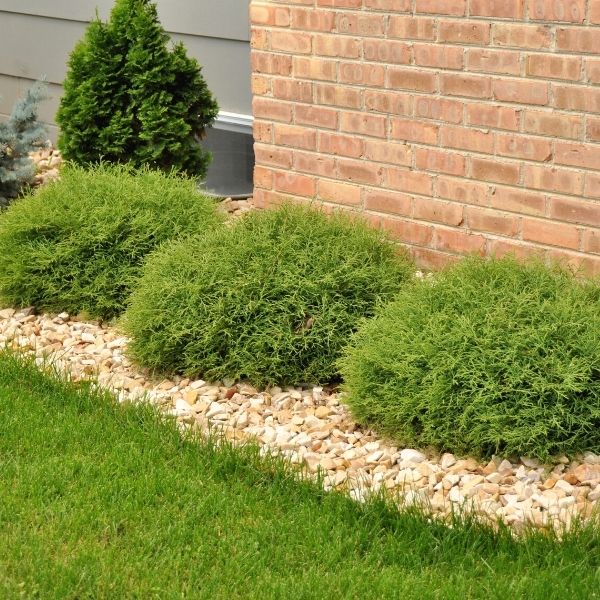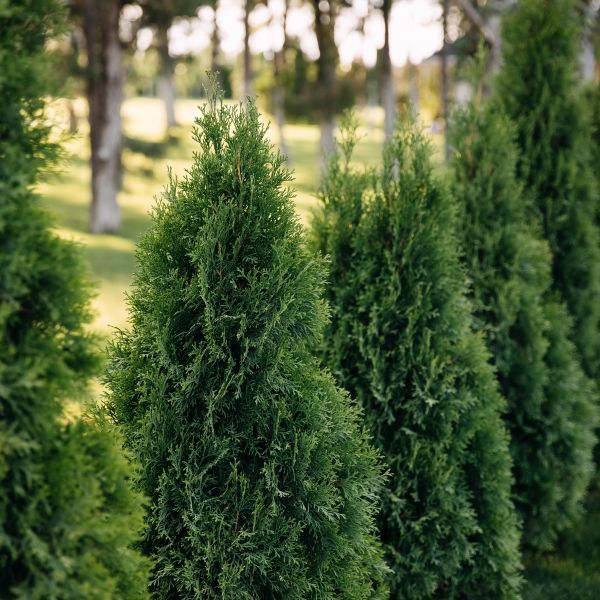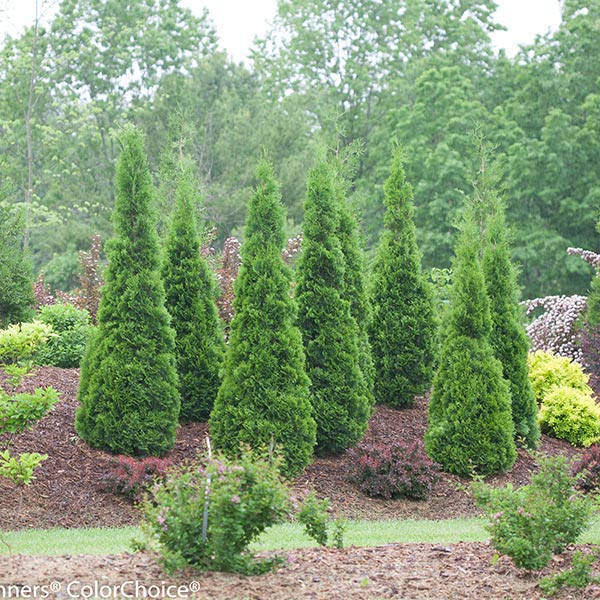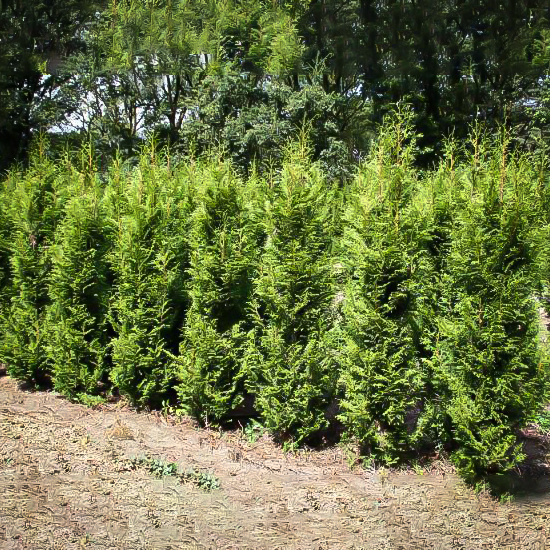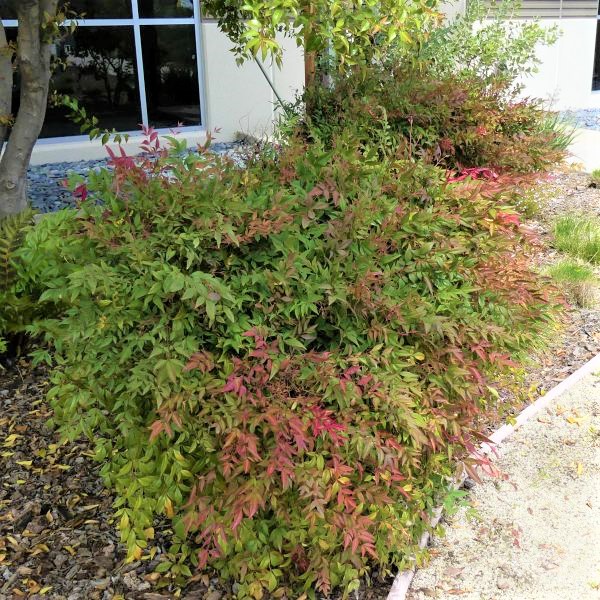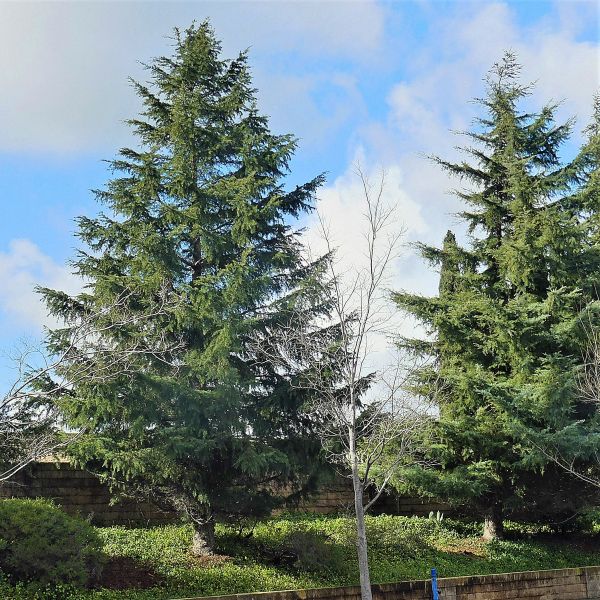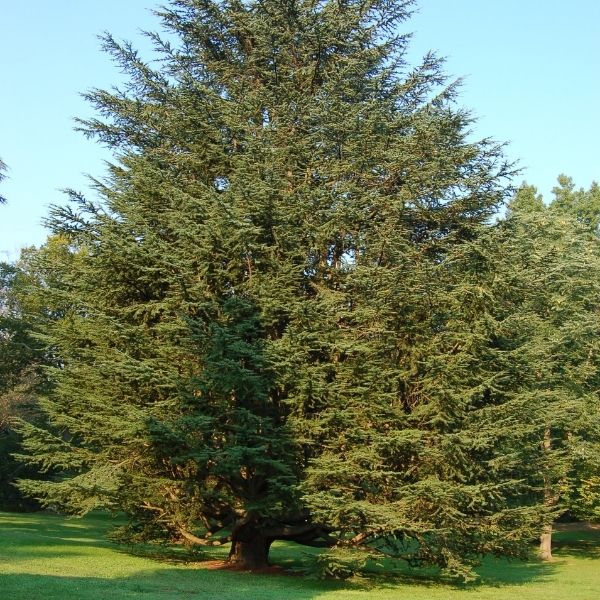
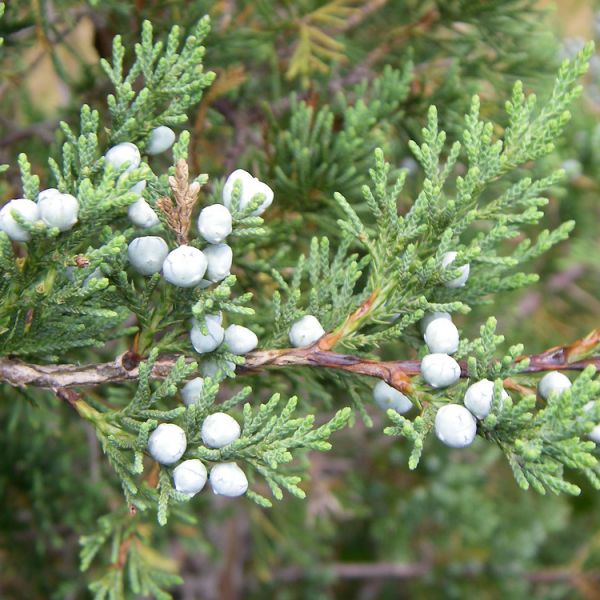
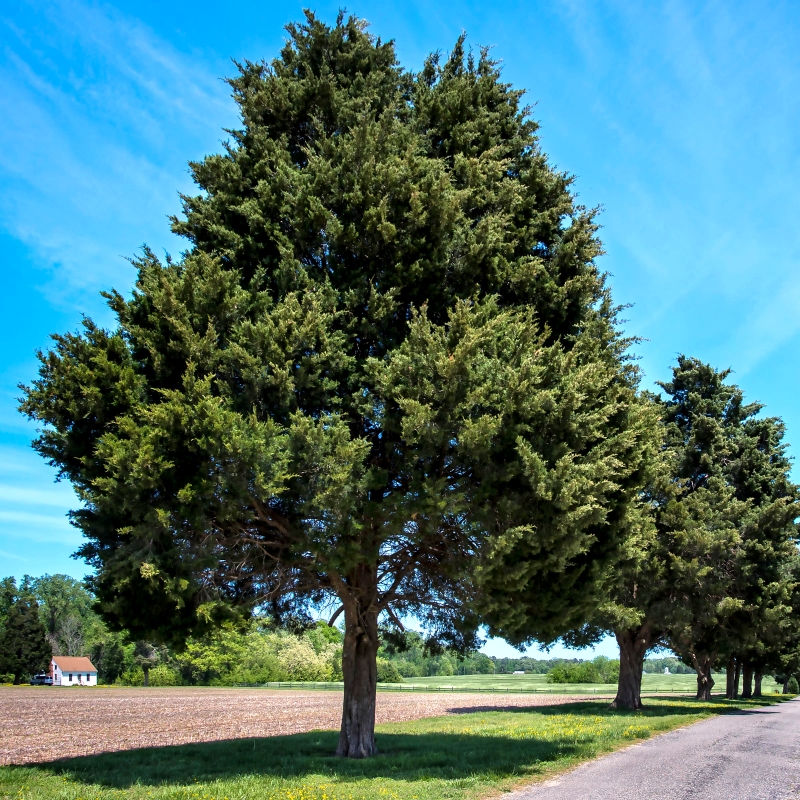
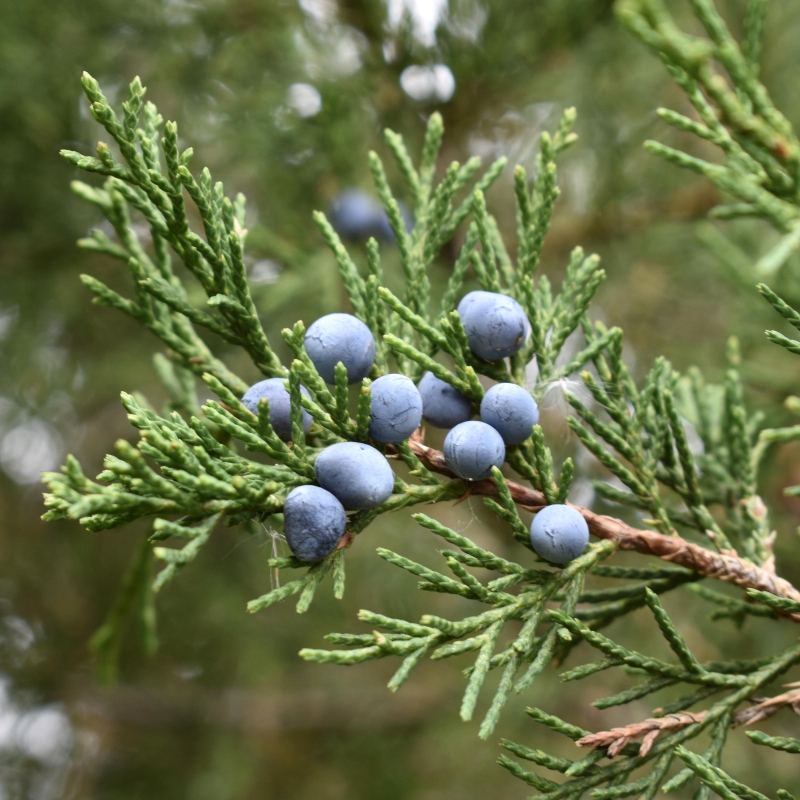
Eastern Red Cedar Tree
Juniperus virginiana
56 reviews
Eastern Red Cedar Tree
Juniperus virginiana
56 reviews
- Beautiful and unique reddish wood with a sweet aroma
- Durable and rot-resistant for outdoor use
- Attracts wildlife such as birds and deer
- Recommended by landscape designers for optimal fit in real yards
$80.00
$115.00
30% Off
- Ships to in 3 to 7 days
- Free Shipping Over $150
- Plant Arrival Guarantee
- In Stock
- Free Plant Consult
$200 - Landscape-Approved: Every Plant We Sell Comes With Design Expertise Behind It
- 1 Gallon
Not just beautiful - intentionally selected by ShrubHub's 3D landscape design team to fit real-world spaces and maximize yard potential.
Why Eastern Red Cedar Tree?
The Eastern Red Cedar Tree, also known as Juniperus virginiana, is a relatively short tree that is found throughout eastern North America. It is used for a range of purposes, including as a source of wood, decorative plants, and as a natural repellent against moths. This tree is also known for its aromatic scent and dense foliage, which makes it a popular Christmas tree choice. Eastern Red Cedar trees are also considered important in wildlife conservation as they provide shelter and food for birds and other
People who loved this plant also bought
Sunlight
Eastern Red Cedar trees (Juniperus virginiana) prefer full sun and can tolerate some shade but thrive best in direct sunlight. They require at least 6 hours of direct sunlight daily to grow and develop properly.
Watering
Eastern Red Cedar trees have low to medium water requirements. They are drought-tolerant and can survive in dry conditions. However, they prefer well-drained soil and benefit from occasional watering during prolonged dry periods, especially in their early
Fertilizing
Eastern Red Cedar trees prefer well-drained soil and do not require much fertilizer. In fact, they are known to thrive in poor soil conditions. Adding organic matter, such as compost, during planting is sufficient to meet their minimal fertilizer needs.
Delicate, aromatic, and attractive, eastern red cedar (Juniperus virginiana) is a small to medium-sized evergreen tree and a slow-growing conifer that grows up to 30-65 ft. tall and 8-25 ft. wide.
Energized by a burst of colors, eastern red cedars display olive green to yellowish green leaves (that later develop into bronze come the first frost and reddish in winter), dark green foliage, reddish brown bark, and startling blue berry-like cones. This wild riot of colors contributes to putting on a wow-worthy display in any landscape design.
Its needle-like foliage, scale-like leaves, flexible branches, symmetrical pyramid shape, aromatic wood, and narrow crown glamorizes the eastern redcedar even further.
Native to eastern North America, the juniper thrives best in full sun areas, prefers rich, moist, slightly acidic, and well-drained soil, and shows a 12-24” growth rate per year.
Breathing life into a boring, unwelcoming yard calls for a bald statement, and you can’t possibly go wrong with eastern red cedar! Resistant to extreme weather conditions, this easy-to-care-for evergreen tolerates drought, heat, wind, and cold, which makes it a perfect choice for shade and privacy. Moreover, it is a natural barrier against wind and noise pollution.
In addition to its charming beauty, this tree provides wildlife with shelter, food, and habitat. While (luckily) it is deer resistant, its berry-like cones attract cedar waxwings, which is a clever way to add movement and color to your outdoor space.
Looking for ways to transform your outdoor space into a mesmerizing backyard retreat? Bring a valuable piece of nature right into your home by planting an eastern red cedar! Order yours now!
Plant Information:
| Botanical Name: | Juniperus virginiana |
| USDA Zones: | 3 - 9 |
| Water: | Moderate to Low |
| Exposure: | Full Sun |
| Soil Needs: | Widely Adaptable |
| Mature Height: | 40 - 60 feet |
| Mature Spread: | 10 - 20 feet |

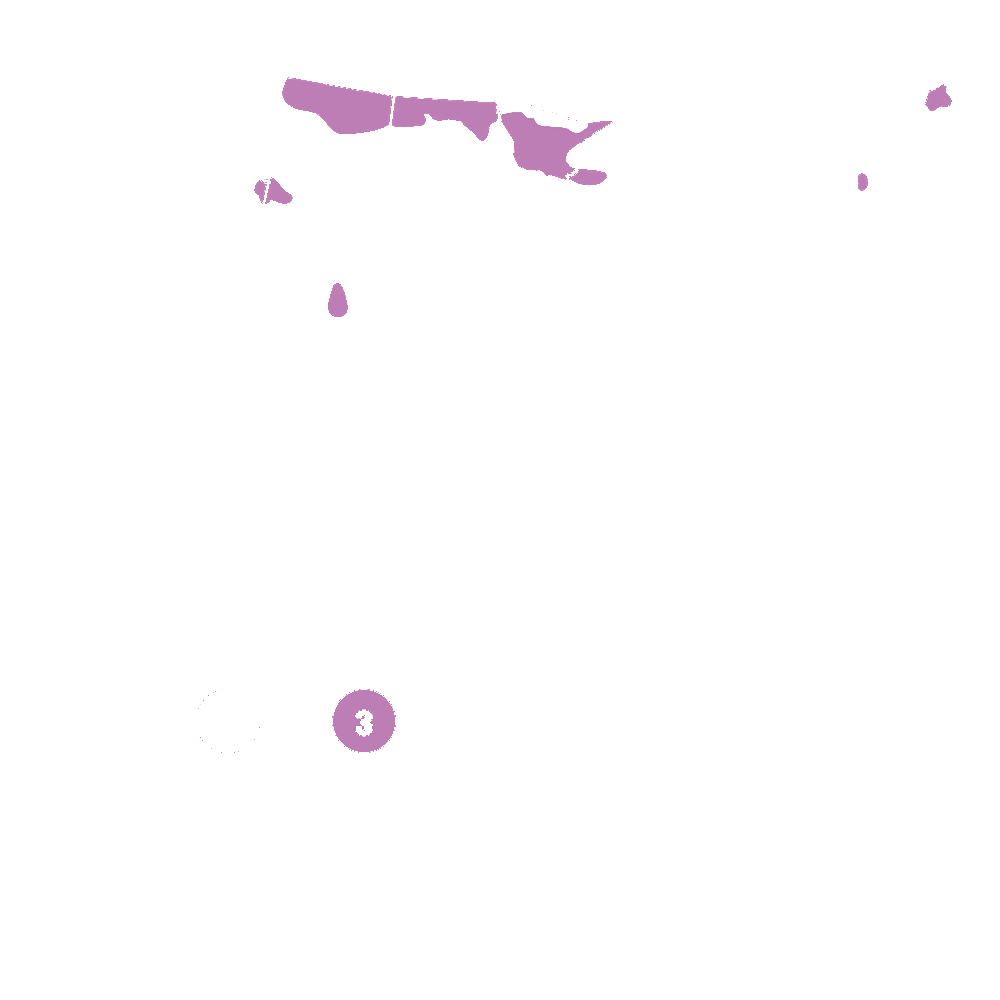






Pollination Info
FAQ
Eastern Red Cedar Tree (Juniperus virginiana) FAQ
General Information
-
What is an Eastern Red Cedar Tree?
The Eastern Red Cedar Tree, scientifically known as Juniperus virginiana, is a tree native to eastern North America. It is a coniferous evergreen tree that can grow up to 40 feet tall and 8 feet wide. The tree's wood is valuable for a variety of uses, including fence posts, cedar chests, and furniture.
-
What are the characteristics of an Eastern Red Cedar Tree?
The Eastern Red Cedar Tree has needle-like leaves that are blue-green in color and are arranged in whorls of three. The tree produces small, bluish-purple berries that are popular with birds. The tree's bark is reddish-brown and peels off in long, thin strips.
-
How fast does the Eastern Red Cedar Tree grow?
The Eastern Red Cedar Tree is a slow-growing tree, typically growing less than a foot per year. The growth rate can vary depending on soil conditions, climate, and other factors.
-
Where is the Eastern Red Cedar Tree typically found?
The Eastern Red Cedar Tree is native to eastern North America and can be found in a variety of habitats, including woodlands, fields, and along roadsides. The tree is tolerant of a wide range of soil types, but prefers well-drained soils.
-
What are the uses of the Eastern Red Cedar Tree?
The Eastern Red Cedar Tree is valued for its wood, which is used for a variety of purposes, including fence posts, cedar chests, and furniture. The tree's berries are also used to make cedar berry tea. The tree is also popular as a windbreak and for ornamental landscaping.
Care and Maintenance
-
How do I plant an Eastern Red Cedar Tree?
The Eastern Red Cedar Tree can be planted in the spring or fall. Choose a site with well-drained soil and full sun exposure. Dig a hole slightly bigger than the root ball of the tree, place the tree in the hole, and fill the hole with soil. Water the tree thoroughly after planting.
-
How much water does the Eastern Red Cedar Tree need?
The Eastern Red Cedar Tree is drought-tolerant and can survive in dry conditions. However, it is important to water newly-planted trees regularly until they become established. Once established, the tree can be watered as needed, especially during periods of drought.
-
How do I prune an Eastern Red Cedar Tree?
The Eastern Red Cedar Tree does not require regular pruning, but can be pruned to maintain its shape or remove dead or damaged branches. Prune the tree in the late winter or early spring, before new growth begins.
-
How do I fertilize an Eastern Red Cedar Tree?
The Eastern Red Cedar Tree does not require regular fertilization, but can benefit from an application of balanced fertilizer in the early spring. Be careful not to over-fertilize, as this can lead to excessive growth and weaken the tree.
-
How do I protect an Eastern Red Cedar Tree from pests and diseases?
The Eastern Red Cedar Tree is susceptible to a variety of pests and diseases, including bagworms, cedar-apple rust, and spider mites. To protect the tree, inspect it regularly for signs of pests or diseases, and promptly treat any problems with appropriate insecticides or fungicides.
Planting & Care
Planting & Care for Eastern Red Cedar Tree (Juniperus virginiana)
Planting
1. Choose a location with well-drained soil and full sun exposure.
2. Dig a hole that is twice the size of the root ball of the tree.
3. Place the tree in the hole, making sure the root ball is level with the ground.
4. Backfill the hole with soil, tamping it down firmly as you go to remove air pockets.
5. Water the tree thoroughly after planting.
Care
1. Water the tree regularly during the first year after planting to help it establish deep roots.
2. Mulch around the base of the tree to help retain moisture and suppress weeds.
3. Fertilize the tree in early spring with a balanced fertilizer.
4. Prune the tree in late winter or early spring to maintain its shape and remove any dead or diseased branches.
5. Protect the tree from deer and other animals by using fencing or repellents.
6. Watch for signs of pests or diseases and treat promptly if necessary.
7. Eastern Red Cedar trees are highly resistant to drought, making them a good option for arid climates.
8. Enjoy the tree's attractive evergreen foliage and excellent windbreak capabilities.
Check Out These Verified Customer Reviews:
Customer Reviews
4.8 out of 5 based on 56 reviews
Thank you! Your review has been submitted.
Thriving in our yard, very pleased
Impressed by the quality of the Eastern Red Cedar Tree. It adds a touch of elegance to my backyard.
Impressed with fast shipment
Item has been added to your cart.



